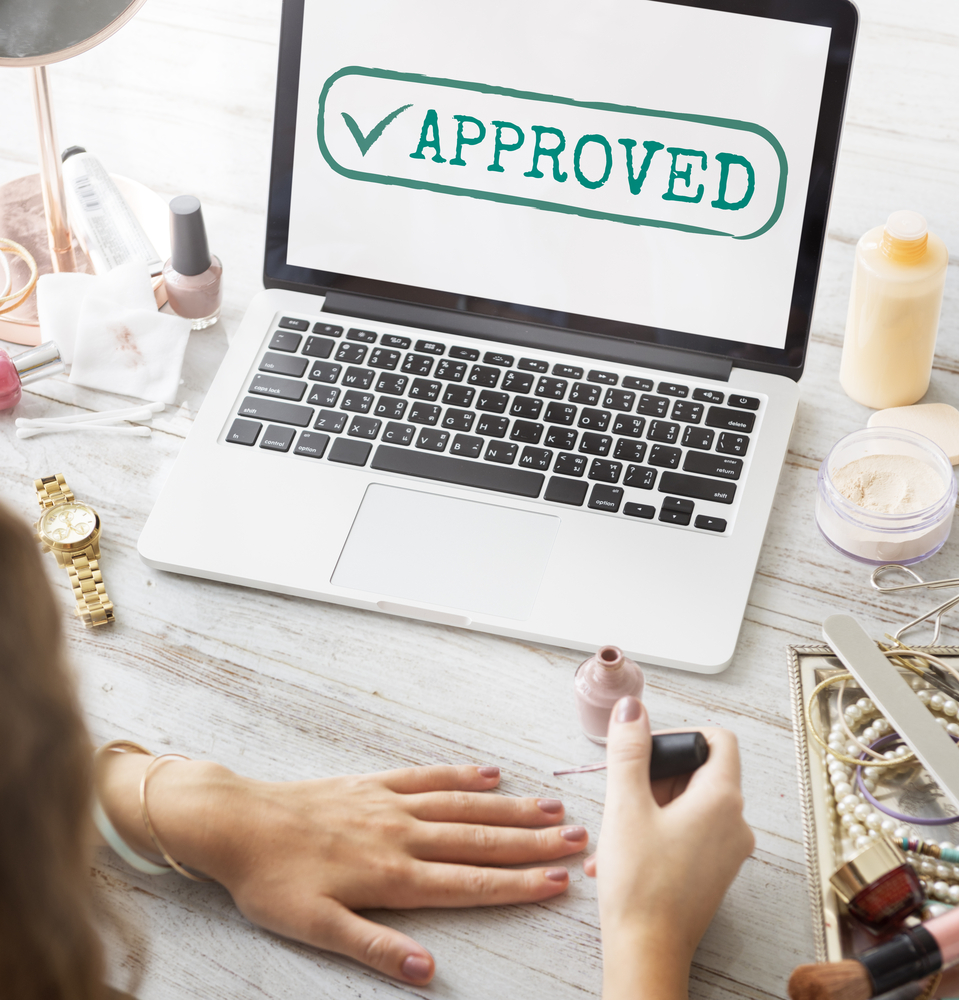What are we talking about today? It’s all about chemicals to look out for in your personal care products. So, what is a personal care product and what is regulated This subject area I am extremely passionate about.
“Any substance or mixture to be placed in contact with the external parts of the human body (epidermis, hair system, nails, lips and external genital organs) or with the teeth and the mucous membranes of the oral cavity with a view exclusively or mainly to cleaning them, perfuming them, changing their appearance, protecting them, keeping them in good condition or correcting body odours.”
With so many people now looking at eating a more varied colourful fresh diet. Why would you not question what you use topically on your skin as well? Especially if you suffer with dry skin, acne, skin sensitivity or eczema?
How Regulations Work?
From what I have read The European Union, has more stringent and protective laws for cosmetics than the United States. Now you may think but we aren’t in the EU anymore, don’t worry the UK adopted similar regulatory legislation on January 1st, 2021. The EU Cosmetics Directive (76/768/EEC) was adopted in 2003 recently revised in 2013. There are no significant differences between the frameworks of the UK Cosmetics Regulation and the EU Cosmetics Regulation.
The hazard-based, precautionary approach of the UK/EU acknowledges that chemicals linked to cancer and birth defects simply don’t belong in cosmetics – regardless of the concentration of the chemical being used. The EU law bans 1,328 chemicals from cosmetics that are known or suspected to cause cancer, genetic mutation, reproductive harm or birth defects. In comparison, the U.S. FDA has only banned or restricted 11 chemicals from cosmetics. Unlike the United States, EU law requires pre-market safety assessments of cosmetics, mandatory registration of cosmetic products, government authorization for the use of nanomaterials and prohibits animal testing for cosmetic purposes.
What I am trying to highlight if you buy products online just check the ingredients first. A good go to site is the Campaign for Safe Cosmetics. They provide information on various chemicals, health concerns and current legislation.
Skincare products usage
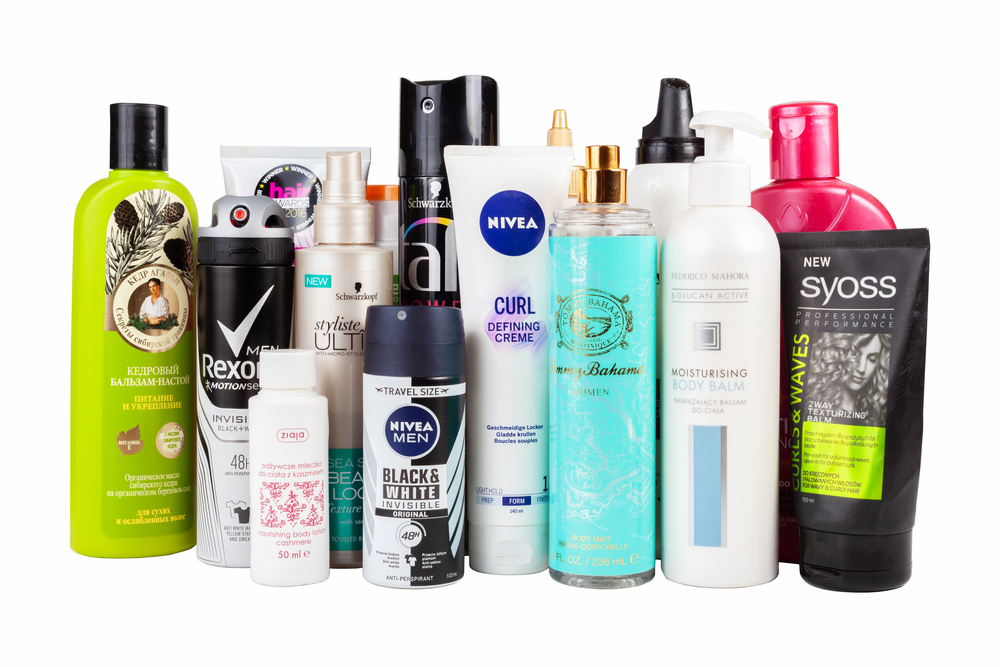
Most women use around twelve personal care products in a single day, many of them containing different harmful ingredients mostly in the form of chemicals. Skincare specialists have compiled a list of the harmful ingredients that are present in beauty and skincare products. They analyse the connection between these ingredients and certain health problems. Research has showed that the skin absorbs up to 60% of the chemicals in products. They then come into direct contact with the bloodstream. What we put on our skin should be as clean as what we eat, but most people are unaware of the situation.
I am not going to list them all but below are a few to consider:
Coal tar
Is used in food, textiles, cosmetics and personal care products.
Found In: Shampoos and scalp treatments, soaps, hair dyes, and lotions; The chances are, the more vibrant your lipstick colour is, the more Coal Tar are present in it.
Health Concerns: Coal tar is also an extremely heavy substance and weighs down the skin. This causes skin irritation, resulting in acne and allergic breakouts. Studies have shown that coal tar may be a carcinogen, although the only human research I could find was connected to people working in the coal industry. Manufacturers use minimal amounts in cosmetics, so it is “safe” for human usage.
REGULATIONS: According to the FDA, any drug products containing coal tar at levels of 0.5% to 5% (the level deemed effective and safe) must specify on a label the concentration of coal tar. Hair dye and certain skin products must display a warning label if they contain coal tar and must indicate specific precautions for that product. NICE guidelines advice not to use on broken or inflamed skin; avoid eye area; avoid genital area; avoid mucosal areas; avoid rectal area; infection; sore, acute, or pustular psoriasis. Whilst also using gloves when applying
Formaldehyde
In its pure form, formaldehyde is a colourless gas. acts as an anti-bacterial preservative to reduce the growth of bacteria in the product. Formaldehyde is naturally present at low levels in many things, including plants, smoke and food.
Found in: Nail polish, nail glue, eyelash glue, hair gel, hair-smoothing products, baby shampoo, body soap, body wash, colour cosmetics.
Health Concerns: can be absorbed through the skin and have been linked to cancer and allergic skin reactions. Using a single product containing a formaldehyde-releasing preservative may not pose a health risk, but that product might not be the only source of exposure.
Vulnerable Populations: Infants, hair salon workers, nail salon workers.
Regulations: in the EU, restricted in personal care products, and labelling is required in products that do contain these chemicals The EU allows the use of Quaternium-15 up to 0.2% as a preservative in cosmetic products.
Petroleum Jelly
Derived from petroleum, is often used in personal care products as a moisturizing agent. When properly refined, petrolatum has no known health concerns.
Found In: Lotions, Cosmetics, lip balms
What is it: Petrolatum is a by product of petroleum refining.
Health Concern: The primary concern with petrolatum is the potential contamination with PAHs.
Lip balms and moisturizers contain petrolatum:
- they do not have moisturizing properties. Instead, it creates a barrier that retains moisture.
- prevents absorption of external moisture.
- This causes the skin to suffocate and eventually dry out.
Petrolatum-based products are fast-acting, giving quick but temporary results. This ingredient gives the temporary illusion that the skin is soft and hydrated.
Regulations: The EU mandates that for cosmetic use, the full refining history of the petrolatum must be known and proven to be non-carcinogenic. The US sets no requirements on refinement and the PAH content in the petrolatum used in personal care products.
How to avoid: Avoid products with petrolatum, unless the company clearly indicates petrolatum is fully refined as white petrolatum (on the label or their company website).
Parabens
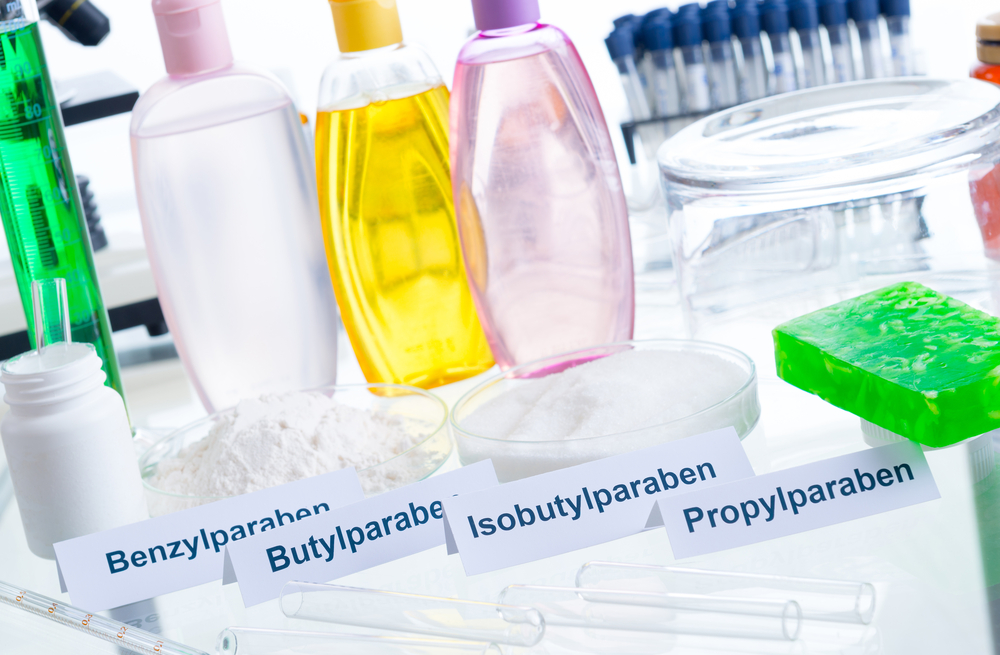
Parabens are preservatives used in a wide variety of personal care products and foods to prevent the growth of microbes. These endocrine-disrupting chemicals can be absorbed through skin, blood and the digestive system.
Found in: Shampoos, conditioners, lotions, facial and shower cleansers and scrubs
Health concerns: There was a scare when parabens were found in breast tumours, but there is no conclusive evidence that the parabens caused the tumours.
Skincare and cosmetic companies are facing high pressure from consumers and health practitioners who want them to reduce or remove parabens from their products.
Regulations: Some forms of parabens are banned in Denmark (propyl and butyl paraben, their isoforms and their salts) in cosmetics products for children up to 3 years.
How to avoid: Look for products labeled “paraben-free” OR have shorter shelf lives than conventional products (six months to a year). Alternatives to parabens are probably phenoxyethanol, sodium benzoate, benzoic acid and benzyl alcohol.
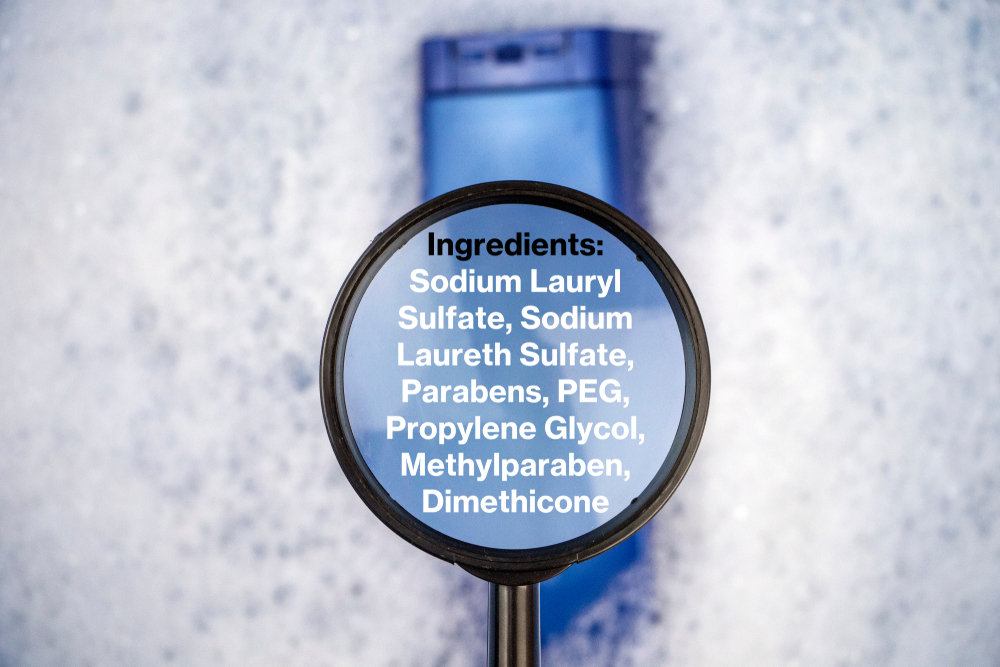
Ok so there are a few more but I don’t want to make this article too long. Have a look also at Oxybenzone (benzophenone-3 or BP-3) a compound used for stabilising and strengthening the colour and scent of skincare products, but its most important use is in the form of sunblock and also Sodium lauryl sulphate a known skin and eye irritant. You can now find natural sodium lauryl sulphate originates from the flesh of sustainably harvested coconuts, which does not irritate the skin.
What Can you Do?
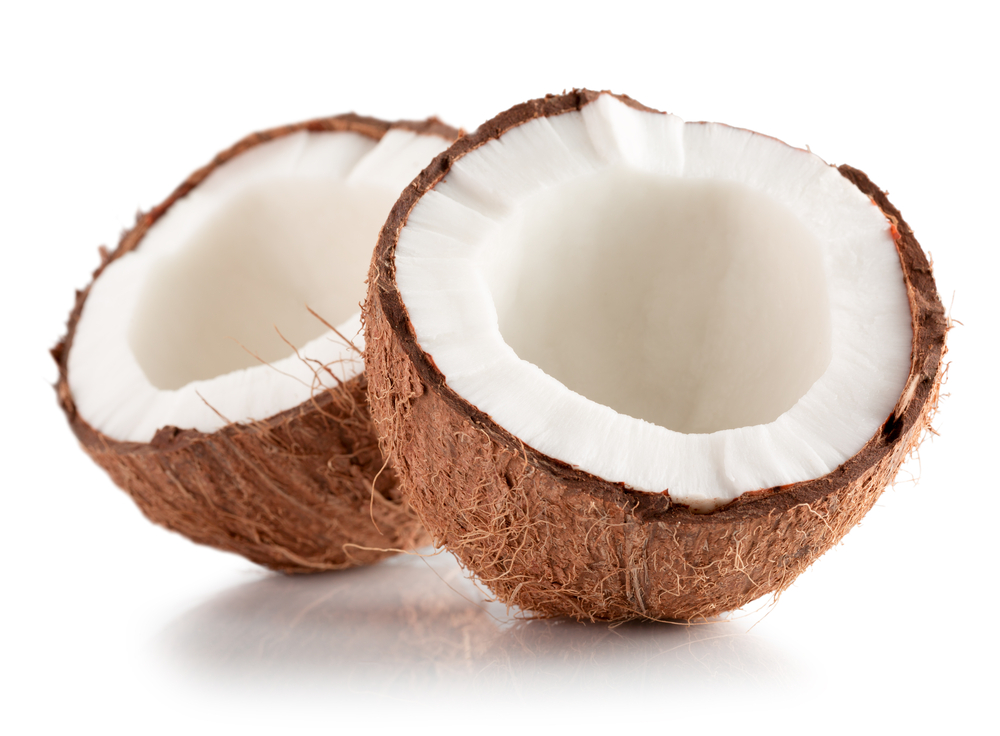
Use organic and natural alternatives which are available. These products are today a necessary part of our daily lives we cannot avoid them totally, but we can limit their use and avoid their worst impacts. Try to use them as little as possible. Try to simplify by choosing products with simpler ingredient lists and fewer synthetic chemicals. Avoid synthetic fragrance by skipping products with “fragrance” on the label and use fewer products overall.
Look for courses on how to make your own natural skincare product. Some personal care products are easy to make yourself, and this can be a great project for a party. Make your own sugar or salt scrubs or body oils, using simple, organic ingredients.
All in all, for great looking skin, consume a healthy diet that includes fruits and vegetables which are easily available and have no side effects.
Summary – Key Points
- The European Union /UK, has more stringent and protective laws for cosmetics than the United States.
- Most women use around twelve personal care products in a single day, many of them containing different harmful ingredients mostly in the form of chemicals.
- Certain ingredients added to personal care products may irritate the skin, are hormone disrupters or may even result in cancer.
- Simplify choose products with simpler ingredient lists and fewer synthetic chemicals. Avoid synthetic fragrance by skipping products with “fragrance” on the label and use fewer products overall.
- All in all, for great looking skin, consume a healthy diet that includes fruits and vegetables which are easily available and have no side effects.
Thank you for reading. Please consult a health professional before stopping any topical prescribed medications as it may be key to your treatment. Consult a health professional to discuss if you are concerned.
Regards
Fiona Waring
Dip Nut, BSc.(Hons), MSc PHN, ANutr
Nutritional Therapist
M: +44 07957 267 964
eatyourgreens@fionawaring.com
‘Registered with the Association for Nutrition – www.associationfornutrition.org
Protecting the public and promoting high standards in evidence-based science and professional practice of nutrition.’
